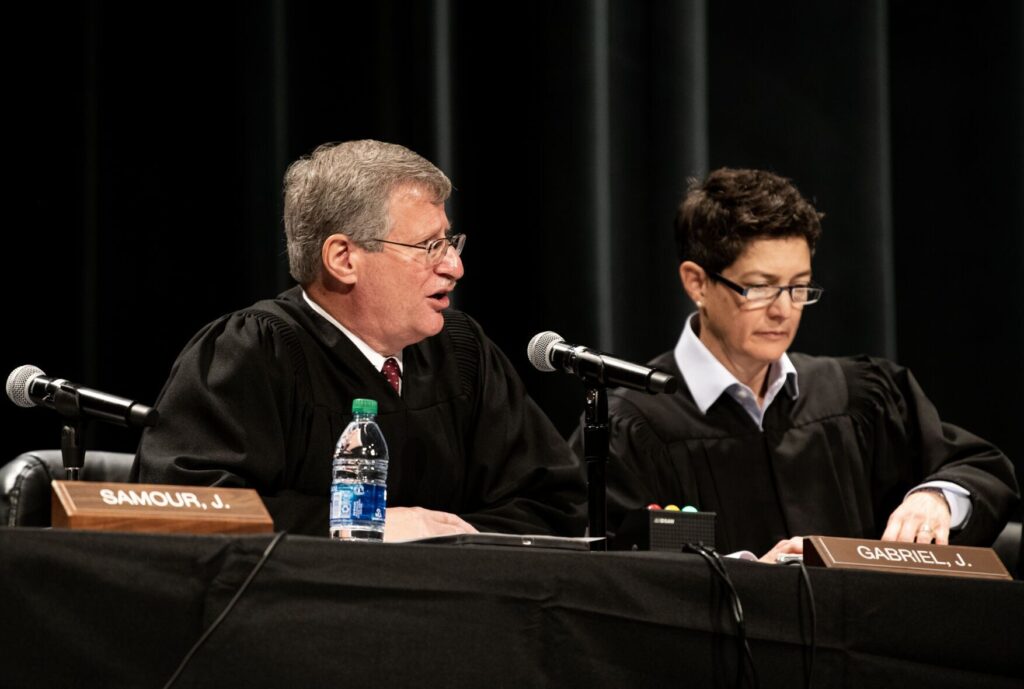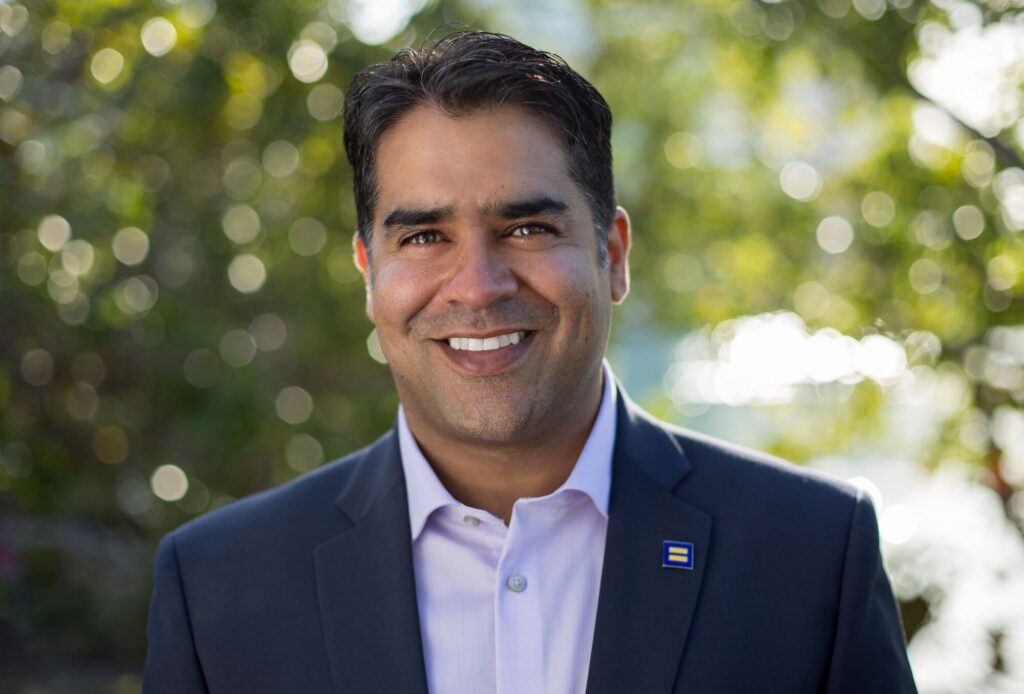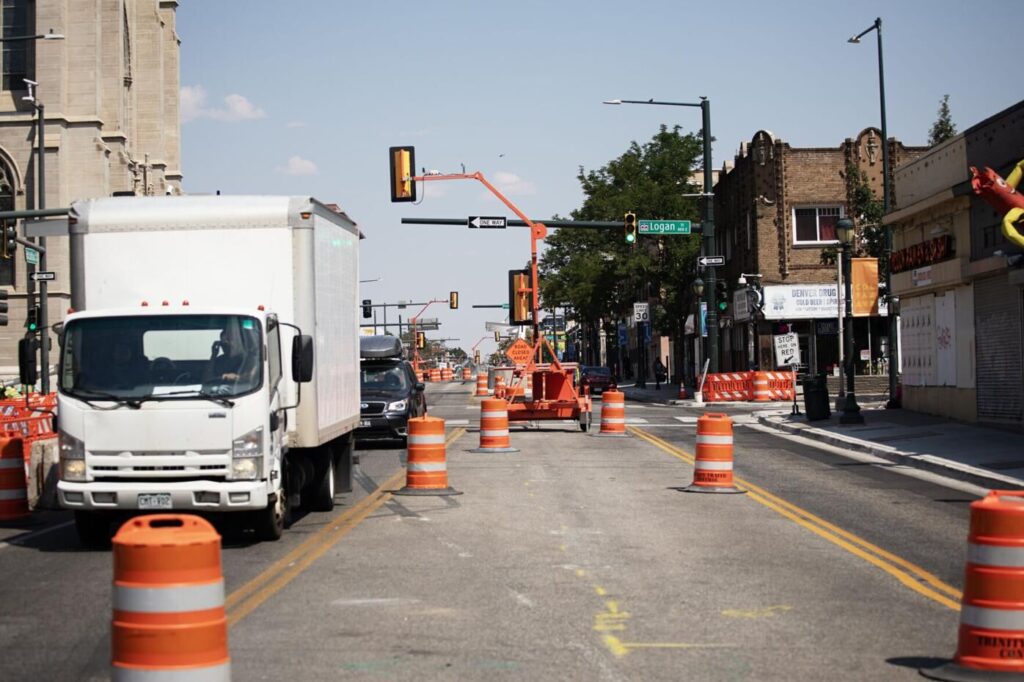Bridge dominates Glenwood Springs council races
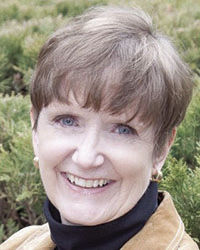
GLENWOOD SPRINGS – A single issue – replacing the narrow, decades old Highway 82 bridge that connects the north side of town with the south – dominates the two contested races in the Glenwood Springs city council election, with mail balloting underway now.
It’s not that the issue is controversial – all the candidates agree that the dangerous bridge must be replaced while the Colorado Department of Transportation is offering funds to complete the project.

But each candidate thinks they will best be able to manage the traffic problems that will stem from the bridge reconstruction project. A detour at the West Glenwood Springs exit off of Interstate 70 will divert traffic down Midland Avenue to the intersection of 8th Street and Grand Avenue, and CDOT has predicted gridlock and huge traffic jams during the four-month construction project.
There are three candidates for the at large position on the council: Kathy Trauger, currently chairing the municipal Planning and Zoning Commission; Tony Hershey, who served on the Aspen City Council before moving to Glenwood 10 years ago; and Kathy Williams, a 30-year resident of West Glenwood Springs.
In Ward 1, what had been a three-way race has become a two-way race with the withdrawal of incumbent Councilman Ted Edmonds, who endorsed opponent Steve Davis, a former business owner and current homebuilder. Opposing Davis is a former councilman, Russ Arensman, who challenged Edmonds in the previous council election, losing only by four votes.
“I think I’ve got a lot more education on what the issues involve,” Arensman, a former journalist, said. “Steve doesn’t really have that community service résumé.”
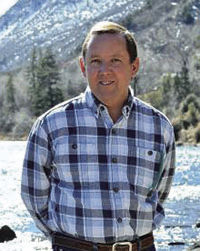
When the new bridge is built, it will follow a slightly different path from the current one, according to Arensman. In West Glenwood Springs, it will be elevated over I-70 and descend in a curve to the south terminus, close to where the current bridge ends.
“It has to clear I-70,” Arensman said. The detour, expected to last three or four months, is “going to add a lot of traffic the Midland route,” he added.
The current bridge carries 20,000 vehicles per day, including large trucks that make driving the bridge’s narrow nine-foot lanes frightening.
Davis, the former owner of Summit Canyon Mountaineering, Dragon’s Boot and Shoe and Calder’s Market, says the current bridge is a decade behind its design life expectancy; he was part of a planning committee 15 years ago that wanted to replace the bridge.
“I wish we had done that 15 years ago,” Davis, a general contractor, said. “I certainly understand construction and the process surrounding it.”
The bridge was built 60 years ago as a two-lane with sidewalks, Davis said. About 1965, it was converted to the narrow four-lane road that it is today.

Glenwood Springs gets 80 percent of its revenue from tourists and Davis is concerned that municipal tax revenues might be diminished by the construction project.
“I think I can work with these downtown retailers. I understand how important that commerce is,” he said. “I owned four retail stores, three in Glenwood. We want people from the Front Range to come here and spend their dollars.”
One problem with Glenwood Springs is that it is a small town divided by two rivers, the Colorado and Roaring Fork, as well as railroad tracks.
“One of the reasons it’s so congested is people that live west of the Roaring Fork have to drive through downtown to get to the grocery store or high school,” Davis said.
In the three-way at large race, Trauger believes her planning background qualifies her to help manage the multi-million dollar project.
“It’s not really structurally deficient,” she said. “It is obsolete – it’s too narrow.”
Modern-day highway lanes are 12 feet wide – drivers who exit I-70 to head toward Carbondale and Aspen encounter lanes that are three feet narrower than they’re accustomed to.
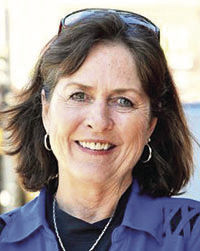
“It’s definitely going to be a challenge,” Trauger said. “It’s going to be a difficult time while the construction is going on. The problem is, CDOT has told us it’s going to be gridlock.”
Trauger wants to address that problem by encouraging Glenwood citizens to use the Roaring Fork Transit Authority’s rapid transit bus system, which includes Park and Ride facilities.
Trauger said if she does not win the at large seat, she would prefer Hershey over Williams.
“I’m concerned there will never be money again,” Hershey said. “The issue is that the bridge has failed. It could fail to the point that CDOT would shut it down.”
The detour could send traffic onto residential side streets, Hershey speculated.
“It’s not an optimal solution, but I don’t think it’s going to be that horrible,” said Hershey, advocating “traffic calming” features on Grand Avenue. “We’re going to have to bite the bullet.”
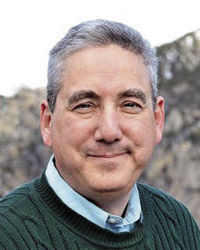
Glenwood Springs needs to become more “pedestrian friendly. Pedestrians have a tough time in Glenwood,” he said.
Hershey is sometimes criticized for his short term of residence in Glenwood but said “this is not a contest to see who’s been here the longest.”
Williams, a 30-year resident of Glenwood Springs, told the Glenwood Post Independent, “construction of the new bridge was slated to begin in 2014. Though the cost will not be borne by Glenwood Springs, we still have no progress to date. I believe that we should move on to address the problems that will no doubt arise with this enormous undertaking.”
Williams also favors building a separate bypass to divert traffic off of Hwy. 82.
“For over 40 years, we have known that a bypass is long overdue,” she told the Post. “This is why I’m troubled – too many people have been shut out of the process. How is it that the city of Glenwood Springs has been able to stymie this process when there are far too many stakeholders that deserve a say in this process: commuters, business owners, commercial traffic, pedestrians, etc.?”
– Ron Bain is The Colorado Statesman’s Western Slope correspondent. Photo credits: The Glenwood Springs Post Independent


